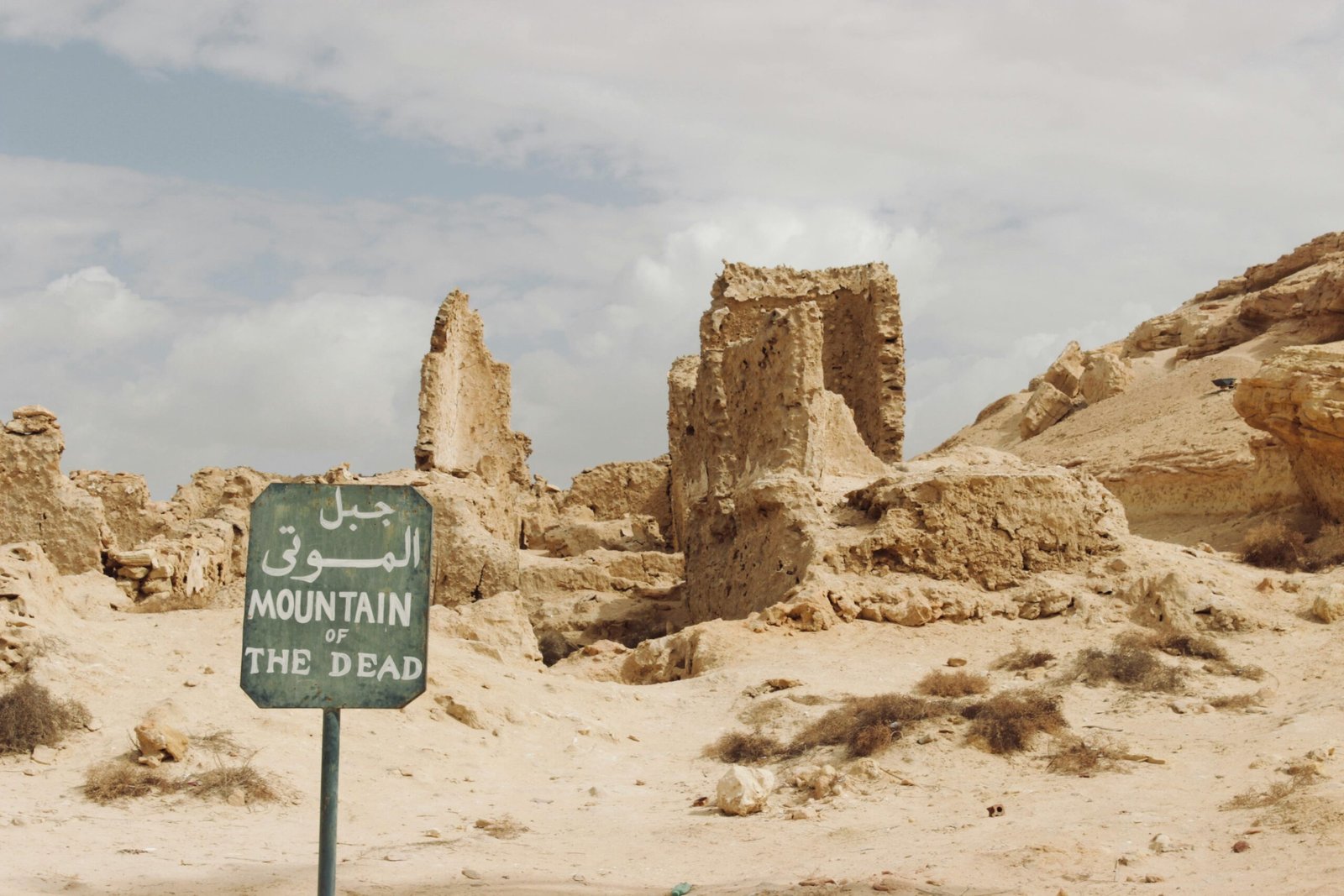4 Reasons You Must Visit Gebel al-Mawta in Siwa Oasis
Siwa Oasis, tucked away in Egypt’s Western Desert, is a destination full of charm, mystery, and ancient heritage. Among its many treasures is Gebel al-Mawta, known as the Mountain of the Dead. This rocky hill, dotted with tombs carved deep into its sides, is not only a burial site but also a place where history and legend meet. Visiting Gebel al-Mawta gives you a window into life in Siwa thousands of years ago and offers breathtaking views of the oasis and surrounding desert. Here are four reasons why it deserves a spot on your itinerary.
1-Step Inside Remarkable Rock-Cut Tombs
Gebel al-Mawta is covered with dozens of tombs dating back to the 26th Dynasty (664–525 BC) and the Ptolemaic period. These tombs were carefully carved into the stone, and many still preserve fragments of their original decorations. Inside, you’ll find wall paintings, hieroglyphic inscriptions, and carvings showing both daily life and spiritual rituals. Even though some of the colors have faded, the details still reveal the artistic skill and beliefs of the people who built them. Walking through the chambers, you can almost imagine the ceremonies and prayers that once took place here.
2- Learn About Ancient Burial Traditions
This necropolis is a living history book of how the Siwans honored their dead. The tombs vary in size and decoration, reflecting the status and wealth of the people buried there. Many walls show scenes of offerings to gods like Osiris and Anubis, while others depict the deceased in moments of daily life—hunting, farming, or celebrating with family. These details reveal not only their spiritual beliefs but also their connection to nature and community. As you explore, you gain a deeper understanding of how death and the afterlife were woven into every part of Siwan culture.
3- Experience the Blend of Egyptian and Greek Influence
During the Ptolemaic era (323–30 BC), when Greek rulers controlled Egypt, Siwa Oasis became a cultural crossroads. Gebel al-Mawta is a perfect example of this blend. Some tombs combine Egyptian gods and hieroglyphs with Greek artistic elements such as columns, decorative patterns, or mythological symbols. This mix shows how two great civilizations merged their traditions in this remote desert oasis, making Gebel al-Mawta not just a burial ground, but a testimony to Egypt’s multicultural past.
4-Take in the Breathtaking Views of Siwa
Beyond the history, the location itself is unforgettable. From the top of the mountain, you’ll have panoramic views of lush palm groves, shimmering salt lakes, and golden desert dunes stretching endlessly on the horizon. The silence of the desert, broken only by the wind, creates a peaceful and almost spiritual atmosphere. Many visitors find this one of the most memorable parts of their trip—standing on a site where the past meets the vast beauty of nature.
How to Visit Gebel al-Mawta
The Mountain of the Dead is only a short ride from the center of Siwa town, making it one of the easiest historical sites to reach. While it’s possible to go on your own, exploring with Egypt Safari Tours makes the experience far more rewarding. Our professional guides share the stories behind the carvings, explain the meaning of the hieroglyphs, and bring the ancient world of Siwa to life. Most tombs are open to visitors, and with us, you’ll have plenty of time to explore at your own pace while gaining a much deeper appreciation of the site’s history.
Conclusion: A Journey Back in Time
A visit to Gebel al-Mawta is like walking into a time capsule where history, culture, and nature come together. From its rock-cut tombs and fascinating burial traditions to its blend of Egyptian and Greek influences and sweeping desert views, this site offers an experience you won’t forget. Whether you are a history lover, a cultural traveler, or simply someone looking for quiet reflection in a beautiful setting, Gebel al-Mawta is one of Siwa’s most remarkable and rewarding places to explore.
So, pack your bags, take a trip to Siwa Oasis, and embark on a journey to the Mountain of the Dead, where the past comes alive in the most captivating way.




